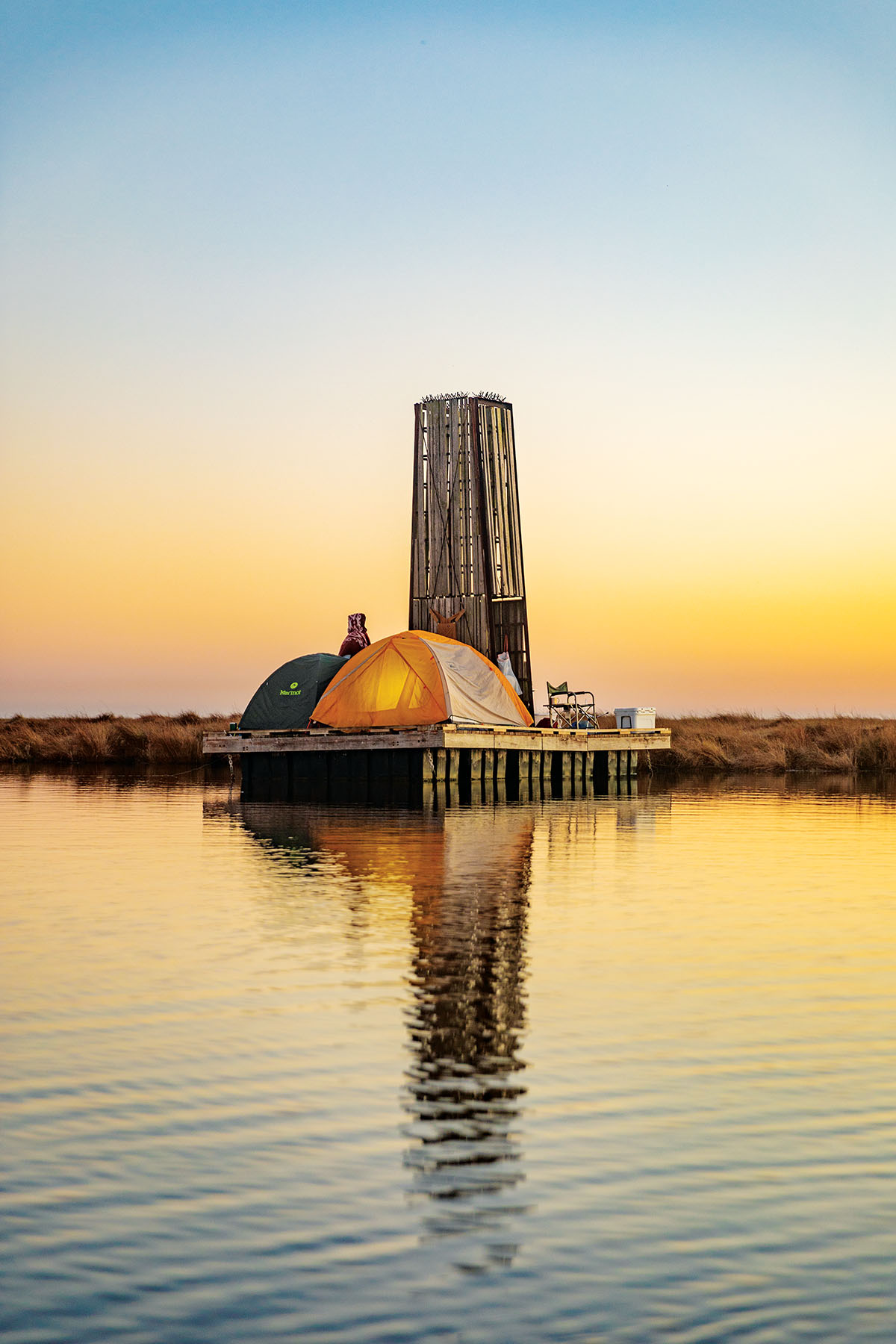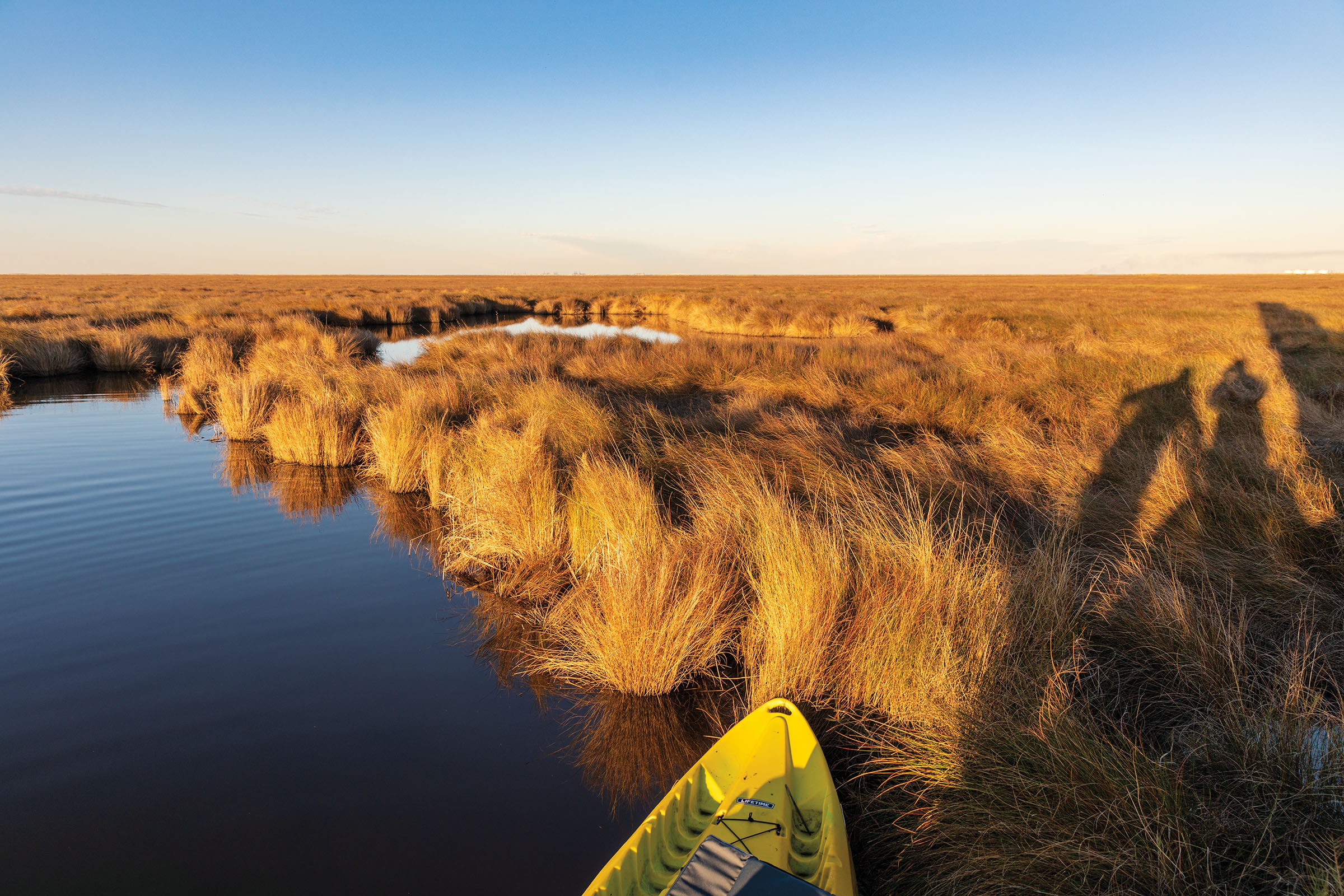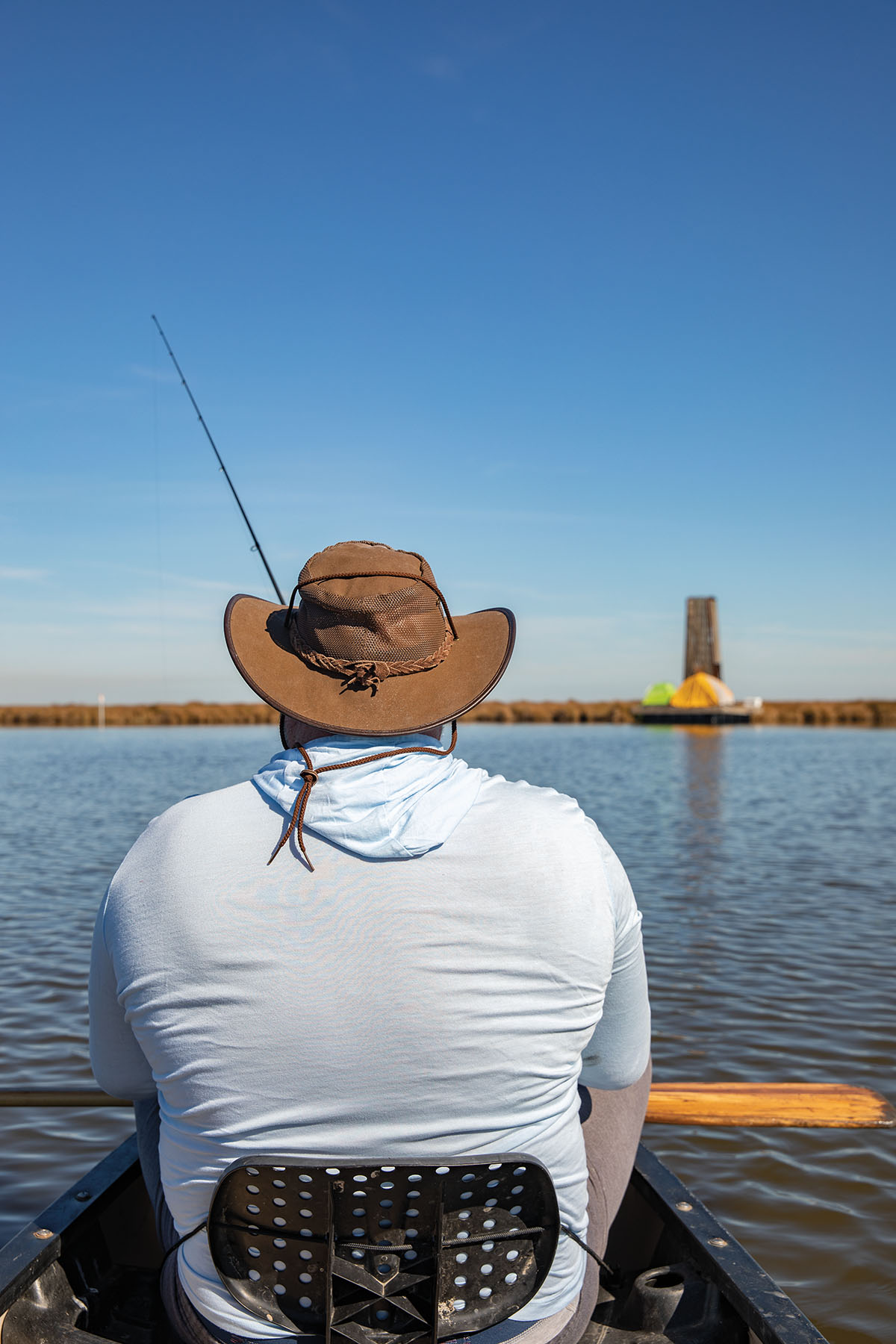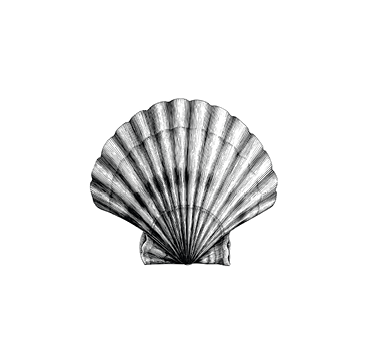
As I push off from the dock on the north side Marsh Unit at Sea Rim State Park, about 10 miles west of Sabine Pass and the Texas-Louisiana border, my excitement rises at this opportunity to test my mettle against the elements with a solo paddle. I’m traveling by kayak up a trail to one of the more curious campsites in the Texas parks system: a 13-by-20-foot floating tent platform 2 miles north of the launch, a secret spot on the map known to relatively few Texans. Spanning a mix of brackish and saltwater marshes marked by feathery phragmites and assorted grasses, Sea Rim offers a soupy wilderness. Beyond the 4,100-acre state park extend neighboring preserves in the J.D. Murphree Wildlife Management Area and McFaddin National Wildlife Refuge. The combined area is home to the state’s largest concentration of alligators.
Sea Rim State Park
9335 S. Gulfway Drive, Sabine Pass.
8:30 a.m.-4:30 p.m. daily (office hours).
409-971-2559; tpwd.texas.gov
Relatively few park visitors use the platform, which was designed in 2016 by students at the Gulf Coast DesignLab, a program at the University of Texas at Austin School of Architecture. Since construction was completed in 2017, annual overnight visitation has not topped 800, far below the over 10,000 campers who pitch a tent on the Beach Unit each year. This winter trip is my first to the campsite, which was conceptualized as an eco-friendly base to explore the wild wetlands along the Upper Coast. Covering more than 4,000 acres, Sea Rim sits at the center of a coastal marsh complex that comprises more than 160 square miles.
“When the platform was first proposed, we knew it was not something that was going to appeal to everyone,” Sea Rim Superintendent Nathan Londenberg says. One top challenge is the lack of bathroom facilities. The Texas Parks and Wildlife Department, which manages the park, requires platform campers carry a bucket and chemically treated waste bags to pack out their waste. The adventure factor is amplified by swarming mosquitoes and what lurks beneath, and the only way back to dry land is through the marsh. Obviously, the primitive character of platform camping is not for everyone, but for a singular, back-to-nature Texas parks experience, it’s all part of the journey.

The park also has pull-through car campsites with electric hookups, 5 miles of sandy beach on the Gulf of Mexico for tent camping, and an ADA-accessible cabin with a bathroom, air-conditioning, kitchen, and other amenities for overnight guests. “It’s the rule of 80-20,” Londenberg says. “Eighty percent of the people use 20% of the park, and 20% of the people use 80% of the park.”
Until the mid-1950s, ranchers ran cattle in the region, but the wetlands were not suitable for permanent residence. Soon, gas and oil speculators took over the area. Texas purchased the property in 1972, and the park opened in 1977. Since then, storms have repeatedly battered the region. Hurricane Rita in 2005 and Hurricane Ike in 2008 blasted the park and surrounding communities. In 2009, TPWD received $4.5 million from the Texas Legislature to restore infrastructure and improve visitor services. Restoration funds from the Deepwater Horizon disaster in 2014 provided another $210,000. With this face-lift complete, I figured it was an excellent time to familiarize myself with Sea Rim.

Beware of alligators and mosquitoes when fishing at Sea Rim.
I check in with the Sea Rim rangers. “Do you have a toilet kit?” one asks. Then I locate a solo kayak at the park rental kiosk. Kayaks and canoes can be rented by the day or by the hour. I load the watercraft with my tent and supplies for two days. On the lookout for birds, I carry my binoculars, plus fishing gear. I’m a little nervous to make a solo trip, but the paddle trail is well marked and a timber tower on the platform makes it easy to locate.
I steer into the wind and put civilization behind me. A mottled duck breaks from the reeds. I dip my paddle and watch the wake of a few fish splashing. A couple of paddlers appear to be headed toward the launch. One of them, a woman, waves and smiles. “It’s easier when you’re headed in the other direction,” she calls. I shrug. “I’m camping out at the platform, so I guess we’ll have to wait and see.” They are the last people I encounter at the park.
Platform Flats is a large pond surrounded by reeds, where the Sea Rim floating campsite sits about 18 inches above the waterline. The structure was designed to prevent alligators from climbing aboard. This demands minor acrobatics on my part to get from my kayak to the platform and unload, as well as reload, my gear. With room for four people, I have space to spread out, although I must jury-rig my tent as it is designed to be supported by stakes, not straps. With a bungee cord and rope, I secure my tent to the raft framework.
The first night is peaceful and surreal. Refineries and nearby Port Arthur throw ambient light, but the whirling cosmos still puts on a display. Both Jupiter and Saturn are visible to the naked eye. The steady cool breeze keeps the nefarious mosquitoes at bay. The next day I paddle deeper into the marsh on the lookout for waterfowl and wading birds. I cast a line, fishing without so much as a nibble. I dine on dehydrated backpacker food, boiling water on my camp stove for coffee, too. There’s a calm joy in achieving self-sufficiency.
Douglas Head, refuge manager of the nearby McFaddin refuge, notes the strong link between the recreational and ecological value of these Upper Coast wetlands. Hurricane Ike delivered an 18-foot storm surge with waves whipped up by 140-mph winds. While the marshes took a beating, Head says they prevented the storm from reaching the levees and Port Arthur and from doing significant damage to the refineries. Today, efforts are underway to reduce lingering salinity and restore the refuge. This will help the local migratory bird habitat. “This is by far the largest remaining freshwater marsh on the Texas coast,” Head says. “And we talk a lot about Ike because the way the marshes absorbed that storm surge helped a lot of people recognize the value of the refuge.”
On the second night, I return to the platform and soak up the scenery. A great blue heron stands statue-like in the grass, waiting to spear shrimp or minnows with its beak. As the sunlight fades, I notice a massive cloud of smoke, perhaps an accident or an effort to clear low-lying farmland or invasives. After another night beneath the magnificent, wheeling stars, I find that my alone time has not left me feeling particularly lonely. In the morning light, the timeless, subtle beauty of the marsh strikes me as a righteous defense against the heavy hand of humanity.

Back on Land
Where there’s water, there’s often a beach—and plenty to do.
The Beach Unit at Sea Rim is the park’s main attraction. A 5.2-mile stretch of unbroken sand draws shell seekers and other beachcombers. Primitive camping is also available, while surf fishing is another favorite activity. Birding is good on both sides of the park, with more than 300 species noted on the online eBird catalog, including wading birds, gulls, terns, and assorted songbirds. Wildlife watchers can see many mammals too, including coyotes, swamp rabbits, river otters, and exotic nutria imported for their fur from South America.








